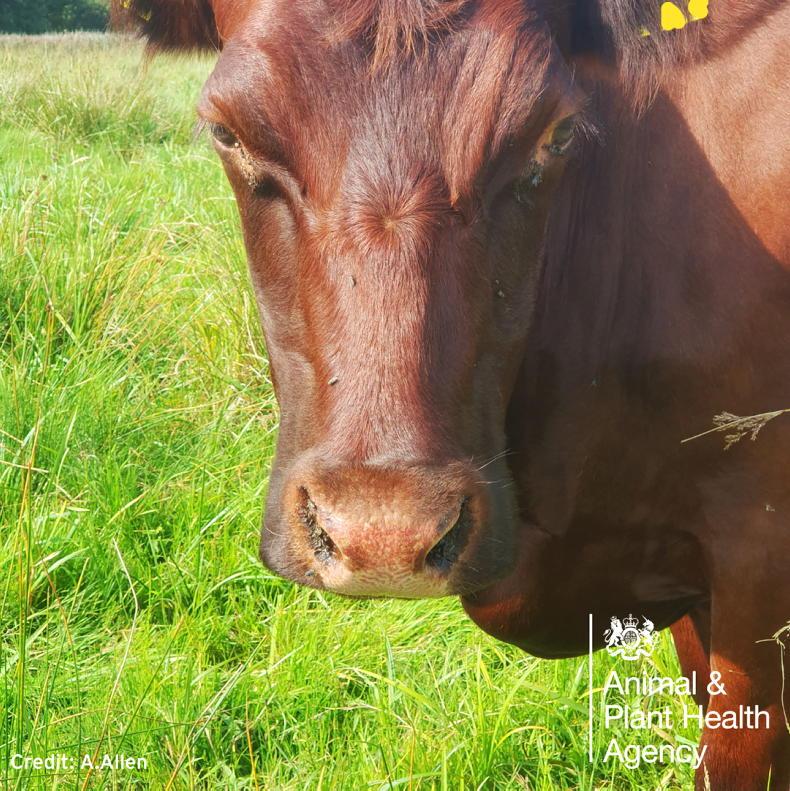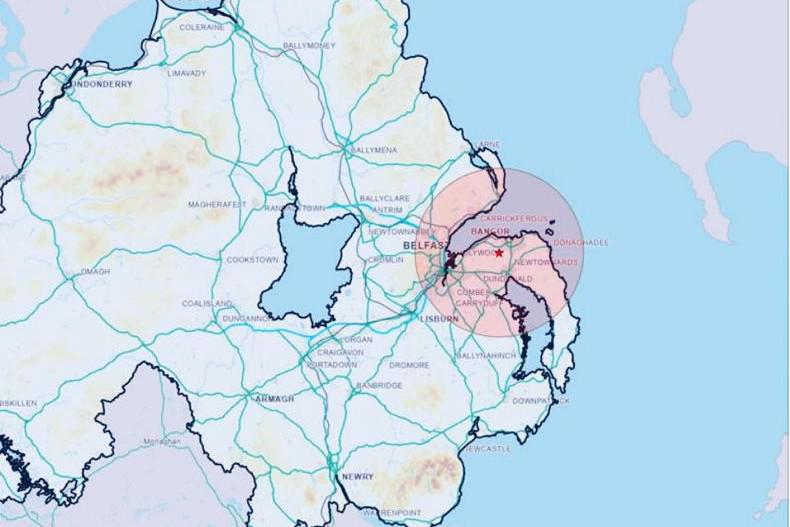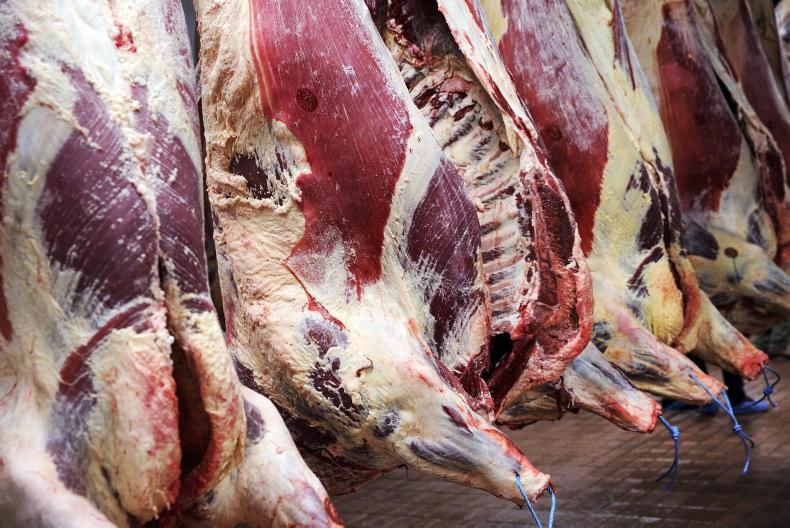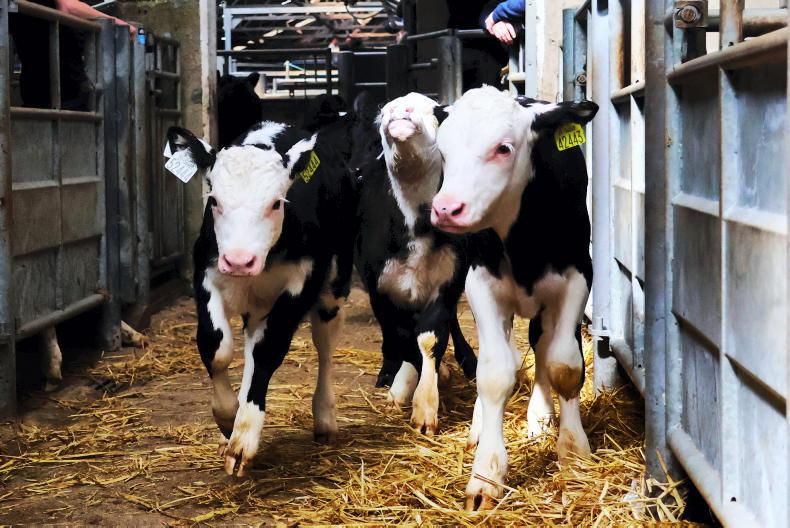While weather conditions over the past seven days have proven difficult for calf exporters, it has been the first blip in what has been an excellent start to the season.
Export numbers are running almost 70% ahead of the same time last year, according to figures from Bord Bia for the week ending 25 February. To this date, 28,208 calves have been exported, up from 16,657 for the same period in 2022.
The biggest boost has been from the Netherlands, which has almost doubled its early-season numbers compared to 2022, running at 15,464 head.
Other countries such as Italy, Poland and Spain are also performing well to date.
Poor weather
Difficult weather conditions and rough seas have limited the opportunities for exporters to keep calves moving over the past seven days.
It has had an immediate impact on the calf trade ringside for export-type calves. Data from the ICBF shows the average price for Friesian bulls under three weeks old was €44/head this week, down a further €4 on last week’s price, while those over three weeks averaged €55/head, back €8 on the week.
Within this, shipping-type Friesian bull calves under 60kg were generally making from €5/head to €30/head.
Over the past fortnight, these calves were fetching between €30/head and €80/head for the most part.
Heavier calves remain steady with farmer buyers willing to pay for stronger Friesian bulls, typically making from €100/head to €125/head, helping to boost the overall average price.
The lighter beef-sired calf export trade endured a difficult week also, trading at similar levels to the top end of export-type Friesians.
It is hoped that by Friday sailings will be back on stream and calves will start to move from exporters’ yards once again, which would allow exporters to return to the ringside next week.









SHARING OPTIONS